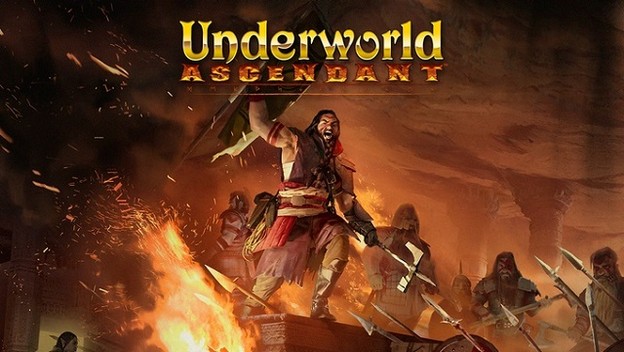By now, I’m sure many of you have seen the well-intentioned but completely unrealistic Star Wars RPG Kickstarter (now cancelled) that was making the social media rounds last week. It was just the latest in a number of popular stories about bad Kickstarters and other poorly-conceived crowdfunding projects by ambitious game creators whose reach exceeded their grasp.
Despite these stories providing a lot of grist for the gaming gossip mill, I still believe that crowdfunding is an important and viable way to create video games. I just think that the platform, which was originally designed for much smaller kinds of projects, is experiencing some necessary growing pains. Perhaps it’s not as easy to raise funds for games as it once was, or perhaps we’re just seeing the result of a lot of “me-too” projects failing because they weren’t as well-planned or executed as early successes like FTL , Shadowrun Returns , and Republique . Frankly, most completely unrealistic ideas have always failed on Kickstarter, which means that the system works at its most basic level. Still, when it comes to video games, we’re seeing some important new rules come together that will help all of us have more confidence in future crowdfunded games.
First, we’re seeing that projects need to be better planned out, show more than tell, and have experienced teams behind them to succeed. That’s a good thing – crowdfunding might not be the best choice for your very first gaming project (especially if you’re not being realistic about your scope), and it’s good for developers to have done a lot of groundwork and have good assets or playable prototypes together before asking the public for money. We as gamers have come down from the pie-in-the-sky excitement of the early crowdfunding days, and are being much pickier about what we fund. Again, that’s good. It means that successfully funded projects are more likely to succeed.
Second, we’re seeing platforms beyond Kickstarter that might be better suited for large crowdfunded video game projects. Fig, which allows richer funders to act as actual investors, is a particularly intriguing example of this. When it comes to large, complex projects like most video games, we could use platforms that provide stricter filtering and more consequences for vaporware than Kickstarter offers. Kickstarter is still ideal for smaller, indie projects, but we’ve seen how it can fall short for games with budgets over a million dollars.
Third, we’re seeing companies learn how to fully integrate crowdfunding into their business. Many viable gaming Kickstarters (and other crowdfunded projects) now include a staff member who is focused on money matters and backer relations, keeping up that all-important work without taking valuable time away from the actual developers. When I see such a person included in the budget of a proposed crowdfunding project, I’m more likely to trust and fund it. Even without this kind of staffer, the best projects have learned not to over-promise backer rewards, to communicate clearly and regularly with fans during the development process, and to open up the world of a crowdfunded game’s development without allowing fans too much access that could muck up the project. Underworld Ascendant , a dungeon-crawler by former Looking Glass staff that I enthusiastically funded, has been a great example of this kind of communication, and I hope more projects follow its example.

For every few Star Wars Open World RPG projects, there’s an Underworld Ascendant or a Pillars of Eternity , games by companies that are willing and able to make excellent games through crowdfunding. These games, being from niche genres or focusing on narrative and gameplay over triple-A production values, are still quite difficult to get funded by traditional publishers. They may not make millions upon millions of dollars, but they can keep smaller companies in the black and allow developers to work on their dream games without the disadvantages of working under the big publishers and their pushy marketing departments. Sure, they’ll be dealing with pushy backers instead, but at least most backers are passionate about the kind of game the developers are working on!
I believe that crowdfunding is and will continue to be an important part of our vibrant video game development scene. It’s evolving, and game developers are learning important strategies to help their crowdfunded projects suceed. Any gamer who has ever loved a niche genre or wants to see smaller games thrive alongside the big-budget monsters should keep believing… just carefully (be Mulder AND Scully). Crowdfunding is here to stay, and if we support it with our heads and hearts, the model will help us fund great games for years to come.
